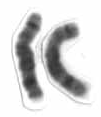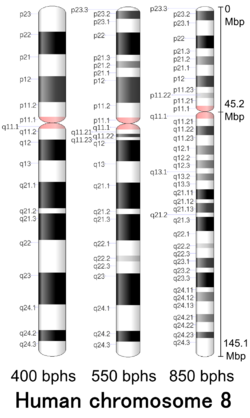Could the County Sheriff be the last stronghold of resistance against
the tyrants trying to take over American and usher in their New World
Order?
CSPOA: Over 40 Sheriffs Stand Against Governor Newsom in California! Time to Deputize Posses?
August 30, 2020

Comments by Brian Shilhavy
Editor, Health Impact News
Retired Sheriff Richard Mack, founder of the Constitutional Sheriffs and Peace Officers Association (CSPOA), has been training county sheriffs for more than a decade on how to keep their oath of office.
Now, due to the excessive tyrannical COVID dictates terrorizing the nation, there is a new-found demand for the services of CSPOA, and they recently started a monthly “Ask Sheriff Mack Any Question You Want” call-in program to educate people on the Constitutional role of County Sheriffs.
In his most recent call in August, he revealed that he has been in contact with sheriffs in California, and that they claim that there are at least 40 sheriffs in California who oppose Governor Newsom.
And that’s out of 58 sheriffs!
Could the County Sheriff be the last stronghold of resistance against the tyrants trying to take over American and usher in their New World Order?
Sheriff Mack thinks so. On his last call-in he stated:
The Sheriff has the authority to call out the militia, or the posse. He has the authority to keep a posse of minute men, at minute’s notice, that they can respond and that they can be trained, however the Sheriff wants.
Too many Sheriffs shy away from this. They’re a little bit timid to go after posses.
I can tell you I had a posse when I was Sheriff. Just about every Sheriff in the state of Arizona and many other western states already use a posse, and people don’t realize this.
He goes on to explain that there are 3080 sheriffs in the United States, with only 3 states that currently do not have sheriffs.
Alaska and Hawaii, which became states in 1959, did not form any sheriffs at all. About 20 years ago the state of Connecticut voted the office of Sheriff out.

Sacramento County Sheriff Scott Jones
He goes on to say that the sheriff who has shocked him the most in resisting COVID dictates is Sheriff Scott Jones of Sacremento.
The biggest shocker to me, so far, has been Sheriff Scott Jones of Sacremento.
Sheriff Scott Jones stood against Governor Newsom and told him he would not enforce the mask laws and some of the other shut down (measures).
Sheriff Warnke from Merced, California told Sheriff Mack that there are at least 40 sheriffs in California that are now opposing Governor Newsom.
What we’ve seen with the sheriffs is, one, they are standing against tyranny and for the Constitution.
They’re setting a great example, and they are proving that what we’ve been doing, and what we’ve been telling sheriffs all along, that they should be doing, is now working.
It’s just really too bad it took the shutdown of America to make that happen.
Sheriff Mack stated what the simple goal is of CSPOA:
All the CSPOA is doing is trying to get the Sheriff to do one thing: to wake up to our awful situation, and to wake up to his duty to just simply keep his oath of office.
The sheriff is the guard of the Republic, the protector of the people, and the defender of liberty.
He gave one example illustrating the power of the Office of Sheriff, which ironically was done by a sheriff who is not part of the Constitutional Sheriffs that they work with, and oversees one of the most liberal cities in the U.S., Chicago.
Tom Dart (Cook County – Chicago), refused to be a Constitutional Sheriff. But about 10 years ago, he made news all over the country, and maybe all over the world, probably doing the most powerful Constitutional (action) that any Sheriff has ever done in America.
He stopped all foreclosures of people’s homes in the Chicago area. And there were literally hundreds of them.
And the big banks were really getting mad at him, but there was nothing they could do it about it.
Do you want to know why? Because the Sheriff doesn’t answer to them. And he doesn’t answer to anybody else.
Why wasn’t he fired? Why wasn’t he arrested?
Because they can’t. And there’s nothing anybody can do about it.
This is the power of the Sheriff. He can tell the government and big corporations, and banks – he can tell them one little word: NO!
I believe that Sheriffs should be opposing the IRS in kicking people out of their homes. That should never happen.
Listen to his entire talk where he deals with questions such as: Why aren’t Constitutional Sheriffs arresting officials who are violating people’s rights?
He does get partisan at the end of the talk, but this really is a non-partisan issue that everyone who opposes tyranny needs to be educated on.
https://healthimpactnews.com/2020/cspoa-over-40-sheriffs-stand-against-governor-newsom-in-california-time-to-deputize-posses/
___

https://twitter.com/GavinNewsom
___
More articles about CSPOA.
Having problems receiving our newsletters? See:
How to Beat Internet Censorship and Create Your Own Newsfeed
___












